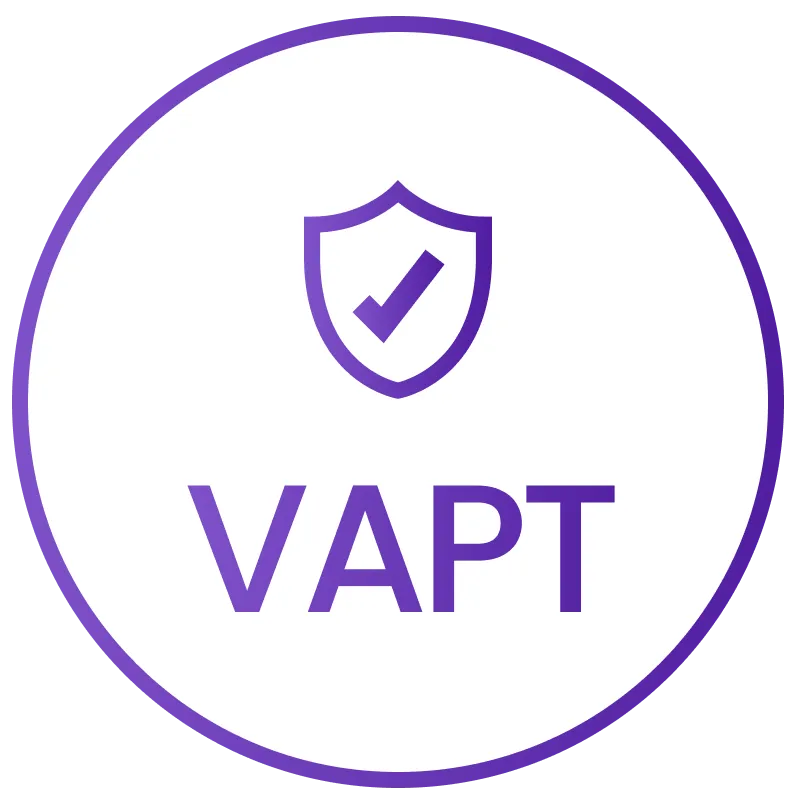Sales and
Rocketbrew seamlessly integrates with sales and CRM platforms like HubSpot, Salesforce, Zoho, and Pipedrive to streamline your lead generation, content management, and sales workflows. It automates tasks such as creating new leads and updating customer information. For instance, when a lead engages with a Rocketbrew message, our CRM integration automatically updates your CRM with the new data.
With Rocketbrew, you benefit from robust two-way syncing with these platforms, enabling smooth workflows directly from your CRM. Our integration allows for flexibility in customizing which properties are synchronized, ensuring compatibility with your CRM setup right from the start.
Setup Prerequisites
HubSpot Integration
For specific Salesforce Integration instructions, please see our HubSpot documentation.
Salesforce Integration
For specific Salesforce Integration instructions, please see our Salesforce documentation.
Zoho Integration
For specific Zoho Integration instructions, please see our Zoho documentation.
Pipedrive Integration
In order to complete the following steps, you must have an admin seat or a seat with the following permissions:
- Contacts (Full access)
- Read users data (Full access)
- Administer accountLeads (Full access)
- Webhooks (Full access)
Setup Walkthrough
For detailed setup instructions specific to each CRM, refer to the documentation guides linked above.
User Onboarding
For detailed setup instructions on setting up a new user account, please see our onboarding documentation.




